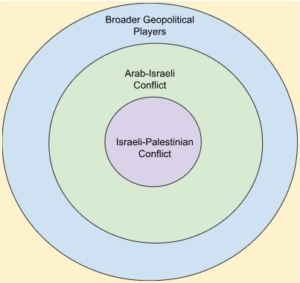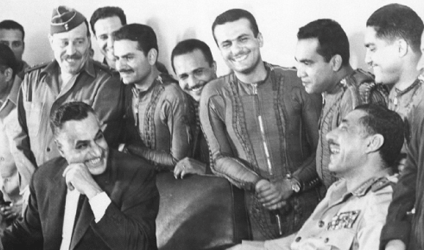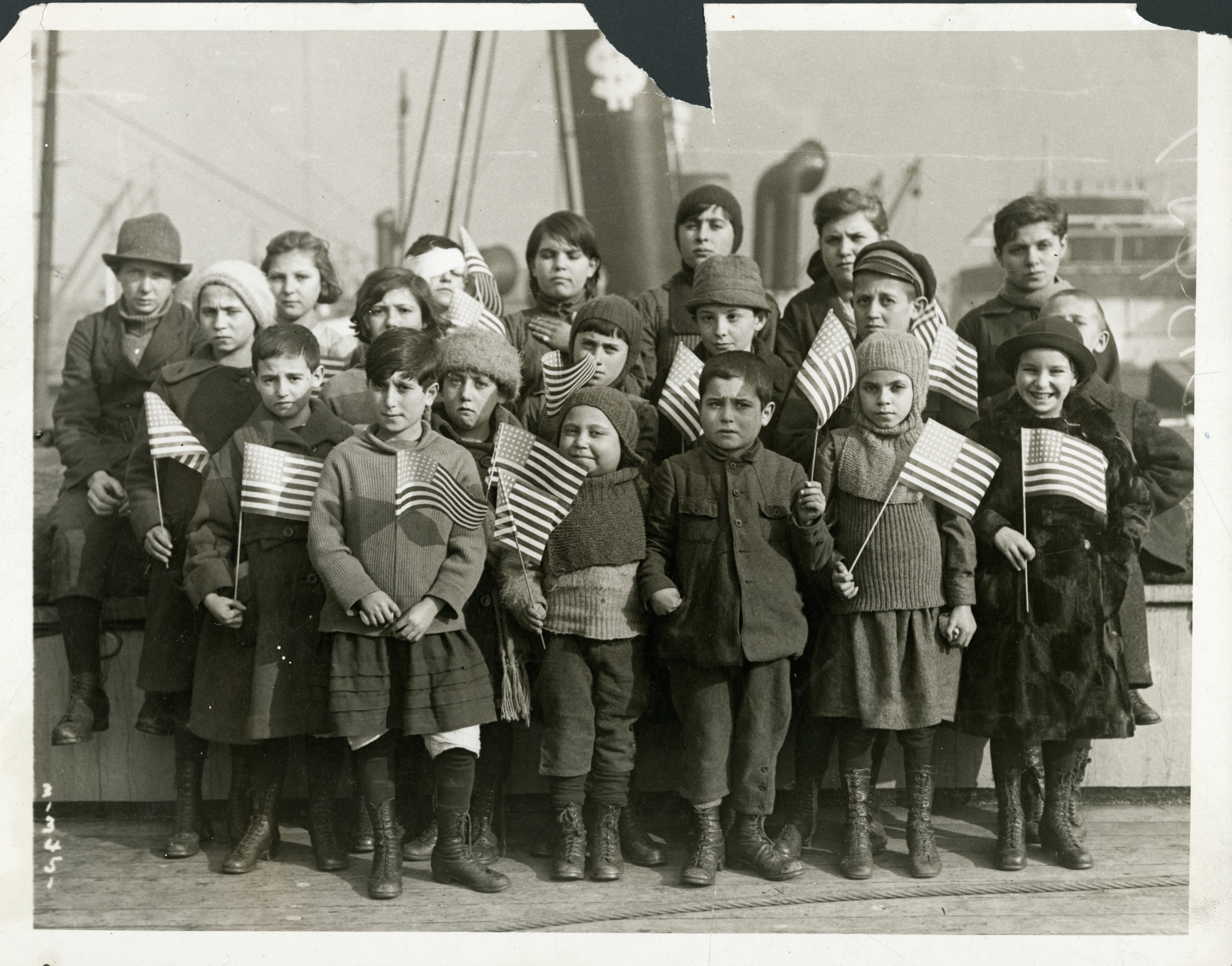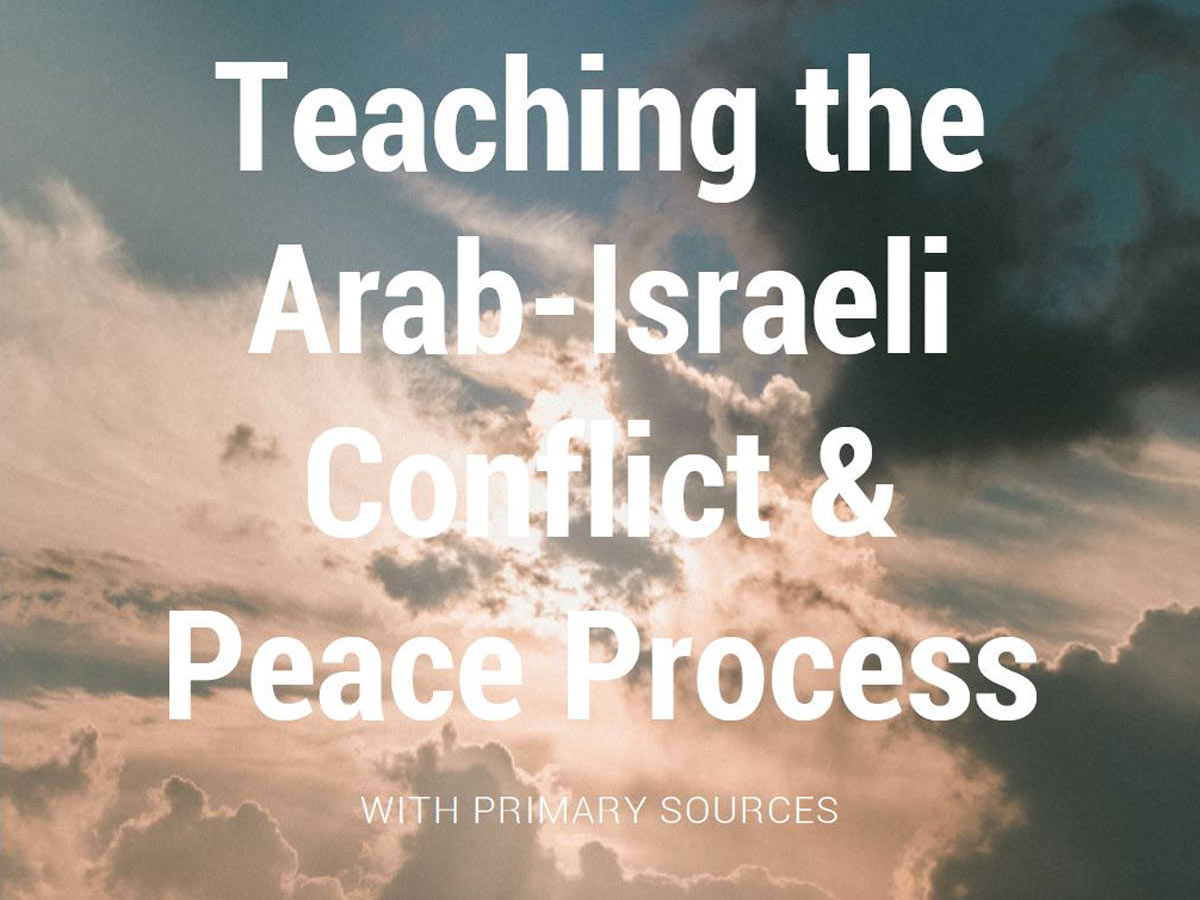Teachers will often ask us why we titled our curriculum “History of the Arab-Israeli Conflict,” as opposed to “Israeli-Palestinian Conflict.” This is a fair question. Before we explain our word choices, let’s first define the two terms:
Arab-Israeli Conflict:
The broad umbrella term for Israel’s historical and current conflicts with the Arab states that have opposed it, including the ongoing conflict with Palestinians.
Israeli-Palestinian Conflict:
The specific conflict related to reconciling sovereignty and boundaries of what is now Israel, the West Bank, and Gaza. The term has also come to refer to the effort to seek solutions that would secure the coexistence of Israelis and Palestinians within those borders.
In other words, the Israeli-Palestinian conflict is part of a larger conflict between Israel and the Arab world. It can be helpful to think about it in terms of concentric circles.

Inner Circle: Israeli-Palestinian Conflict
The parties involved in this conflict are the Israeli government and Palestinian representatives. This includes both the historical and current negotiations and challenges.
Second Circle: Arab-Israeli Conflict
This conflict involves Israel and its neighboring Arab countries, including Egypt, Jordan, Lebanon, and Syria. It includes factors such as historical animosities, regional power struggles, and the influence of pan-Arabism or pan-Islamism.
Third Circle: Broader Geopolitical Players
This conflict has the widest scope, including global powers and influential actors like Iran, Russia, and the United States. Factors of this conflict include strategic interests, alliances, and interventions in the region, and demonstrates how external involvement can either exacerbate or mitigate tensions, shaping the trajectory of the Israeli-Palestinian conflict.
Origins of the Israeli-Palestinian Conflict
The origins of the modern Israeli-Palestinian conflict (the innermost circle of the diagram) begin with the global rise of nationalism in the 19th century. This is why our “History of the Arab-Israeli Conflict” curriculum starts with the developments of the Jewish nationalist movement (known as Zionism) and the Arab nationalist movement in the late 19th and early 20th centuries.
Once the State of Israel was established in 1948, the conflict shifted from a struggle between Jewish and Arab nationalisms to one between Israel and its neighboring Arab countries. This phase saw a series of military conflicts, including wars in 1948, 1967, and 1973. It was during this period that the Israeli-Palestinian conflict emerged as a distinct conflict within the broader conflict between Israel and Arab nations. Our curriculum follows this historical shift and focuses on the conflict between Israel and the Palestinians through the early 2000s. In order to make it clear that our curriculum covers those broader historical events and forces, we titled our curriculum the way we did.
The Intersecting Conflicts: Unpacking the Two Conflicts
For decades, the intertwined conflicts between Israel and its Arab neighbors and the Palestinian people have roiled the Middle East and preoccupied global diplomacy. While often discussed as one broad conflict, it’s crucial for educators to distinguish the distinct dynamics between this wider regional struggle and the more specific Israeli-Palestinian dispute – while also tracing their deep connections. Only through such nuanced examination can we truly contextualize the grievances, ambitions, and complexities driving this enduring crisis.
Similarities:
1) Origins in Conflicting Nationalist Movements
Both conflicts were sparked by the early 20th century rise of Jewish nationalism and the Zionist movement’s efforts to establish a Jewish homeland in the land of Israel. This clashed directly with the nationalist aims of the greater Pan-Arab world, as well as the Arab inhabitants of the area who opposed Jewish immigration and saw it as an affront to their claim of the land.
2) Disputes over Land and Borders
Territory has been the core point of contention. Jews seeking statehood after centuries of persecution immigrated en masse starting in the 1920s. Arab residents rejected what they saw as colonization of Palestinian lands. Debates raged over which populations had true claims over certain areas like Jerusalem.
With other Arab countries, while they weren’t immediately concerned with land upon partition of the land by the UN in 1948, all of the neighboring Arab nations have had land disputes of some kind with Israel, mainly due to wars in which Israel pushed back the invading enemy, and either annexed the land like the Golan Heights or created security buffer zones like southern Lebanon, to ensure the safety of the citizens living in the north.
3) Debates over Legitimate Statehood
Heated debates emerged over the very legitimacy of the Jewish people’s pursuit of a nation-state in British Mandate Palestine versus Arabs’ existing presence and insistence that no Jewish state be formed on that territory. Each saw the other as occupying interlopers. It should be noted that even after the Jews were dispersed from Israel by the Romans, there was still a Jewish presence in places like Jerusalem and Shechem.
4) Religious Overtones
While not purely religious conflicts, the Israeli-Palestinian clash involved a degree of Muslim-Arab opposition to the re-establishment of a Jewish homeland in a region that had been under Islamic rule for centuries. More extreme actors fundamentally rejected any permanent Jewish presence, mainly out of deeply ingrained antisemitism in Arab populations.
5) Palestinian Refugee Crisis
The displacement of Palestinians in multiple waves after Israel’s creation in 1948, and later from disputed lands in the aftermath of wars, fueled both the specific Palestinian demands for a nation-state as well as wider Arab world grievances against Israel.
Differences:
1) Number of Involved Parties
While the root Israeli-Palestinian conflict has been a struggle between those two peoples, the broader Arab-Israeli conflict saw multiple separate Arab states like Egypt, Syria, Jordan and later Iraq go to war against Israel’s establishment. Not to mention the broad swath of Muslim-majority nations that are hostile to Israel like Algeria, Yemen, Qatar, Libya, Kuwait, Iran, and Saudi Arabia.
2) Military Involvement
Large-scale regional wars marked peak confrontations in the wider conflict between Israel and the Arab world, like Israeli forces battling combined Arab armies in the 1967 Six-Day War and 1973 Yom Kippur War. The Israeli-Palestinian conflict did not see Palestinian groups directly engaging in artillery battles on this scale.
3) Peace Agreements
Significantly, Israel has managed to negotiate peace treaties with neighbors Egypt (1978) and Jordan (1994), and more recently signed the Abraham Accords establishing normalized diplomatic relations with UAE, Bahrain, Morocco and Sudan. No such final resolution exists yet for the Israeli-Palestinian conflict. It could be said that those countries understood that hostilities will not get them what they want, but diplomacy and peace brings rewards for everyone.
4) Involvement of the Diaspora
The wider conflict is more locally contained between Israel and whichever countries are involved at the time. However, the Israeli-Palestinian conflict has drawn in Palestinians and Arabs from around the world, with funding and ideological support flowing from the global Palestinian diaspora, even making it “cool” to be on the side of the Palestinians in worldwide demonstrations. Not only that, but the Israeli-Palestinian conflict has become part of the political platforms of politicians across the globe.
5) Role of Superpowers
The Arab-Israeli conflict became a key Cold War proxy struggle, with the USSR arming Arab states while the US backed Israel. This dynamic of superpower involvement and competition for influence was not as prominent in the Israeli-Palestinian conflict alone, although there is some element of intervention with the Americans supplying arms to Israel, and the Russians and Iranians supplying arms and/or training to Palestinians either directly or through regional proxies.
Trying to End the Israeli conflict with Palestine
Perhaps most critically, the Israeli-Palestinian discord represents a case where Israel has repeatedly shown willingness to strike peace deals and negotiate statehood proposals with some enemies, even as certain Palestinian factions have remained rejectionist, continued terror tactics like suicide bombings, and spurned offers of statehood.
In 2000, Israeli PM Ehud Barak offered a two-state solution rejected by Yasser Arafat. In 2008 Israel proposed a Palestinian state with nearly all the West Bank and land swaps rejected by Palestinian President Mahmoud Abbas. Meanwhile, groups like Hamas have outright refused to recognize Israel’s existence and continually deployed horrific violence against Israeli civilians rather than pursue diplomacy.
This sharp contrast – where Israel has made peace with multiple former Arab adversaries but failed to achieve lasting resolution with Palestinians due to some groups’ embrace of violence – underscores how resolving the core Israeli-Palestinian conflict may be even more intractable. It’s a bitter reality that curricula cannot ignore.
While intrinsically linked, the wider struggle between Israel and the various Arab nations, and Israeli-Palestinian conflict each have unique histories, contexts, players and dynamics that must be disentangled and examined individually by educators. Only by tracing both their overarching parallels and key divergences can students truly grasp the depth and complexity of these overlapping clashes that have held the Middle East hostage for over 70 years. From debates over land and sovereignty, to religious dimensions, to contrasts in military involvement and diplomatic resolutions – these conflicts have different paths while remaining interconnected in their essence. Pursuing a deeper understanding is vital for making sense of this enduring human tragedy.



